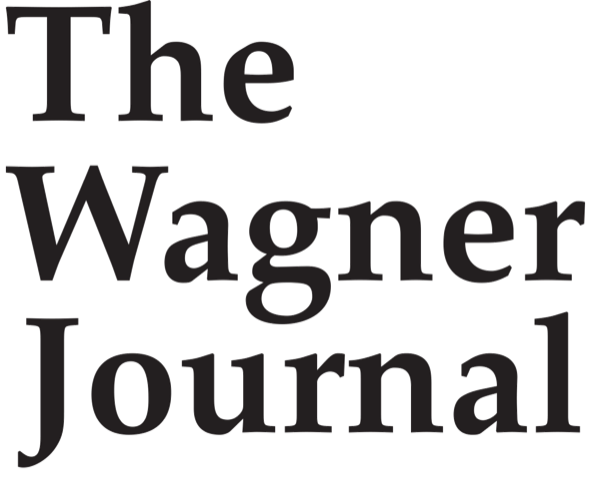The Wagner Journal
John Warner, ‘Es klang so alt, und war doch so neu’: Wagner’s Greatest Myth: Musical Historicism in ‘Die Meistersinger von Nürnberg’
John Warner, ‘Es klang so alt, und war doch so neu’: Wagner’s Greatest Myth: Musical Historicism in ‘Die Meistersinger von Nürnberg’
Couldn't load pickup availability
July 2019, Volume 13, Number 2, 4–27.
'It is a piece of magnificent, overladen, heavy and late art, which has the pride to presuppose for its understanding that two centuries of music are still living.'
In his seminal essay ‘The Artwork of the Future’ (1849), Richard Wagner outlined his programme for the creation of that eponymous artwork. In the book-length treatise which followed, ‘Opera and Drama’ (1852), he banished the traditional operatic forms of aria, ensemble, and chorus in favour of a through-composed musical drama; yet, by 1868 the work that most embodies these ideas, the Ring, had been laid aside for over a decade. In the interim Wagner produced two works, Tristan und Isolde (1859) and Die Meistersinger von Nürnberg (1868). With its songs, ensembles and elaborate choruses, Die Meistersinger in particular seems to go against the grain of Wagner’s earlier theories.
At the heart of Die Meistersinger is a paradox, articulated by the central character Hans Sachs in his Act II musings on Walther’s Trial Song: ‘it sounded so old, and yet it was so new’ (es klang so alt, und war doch so neu).
